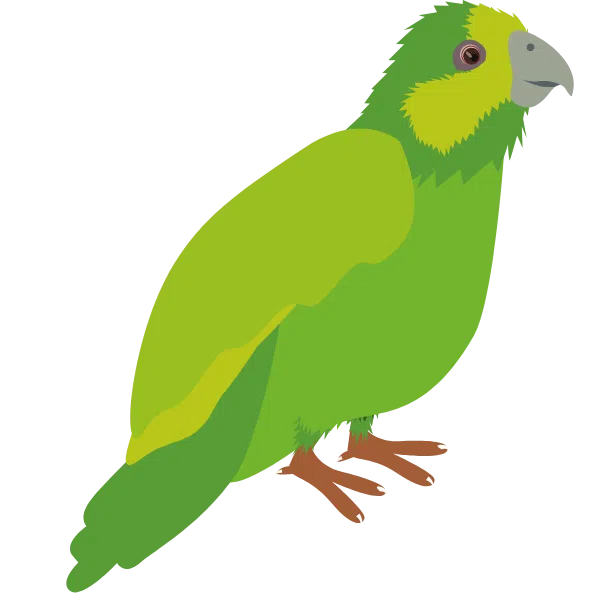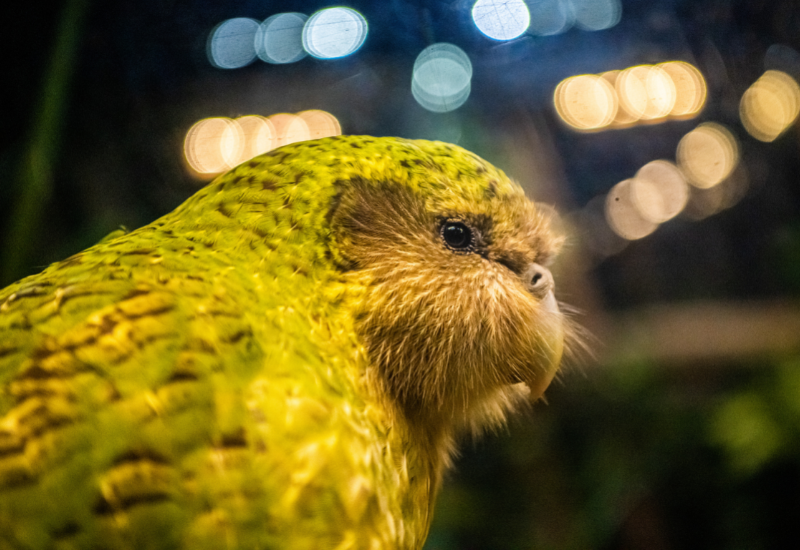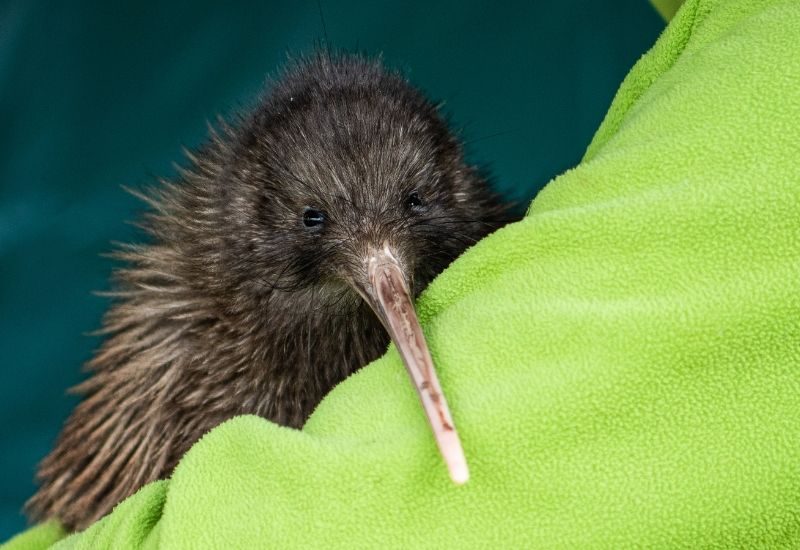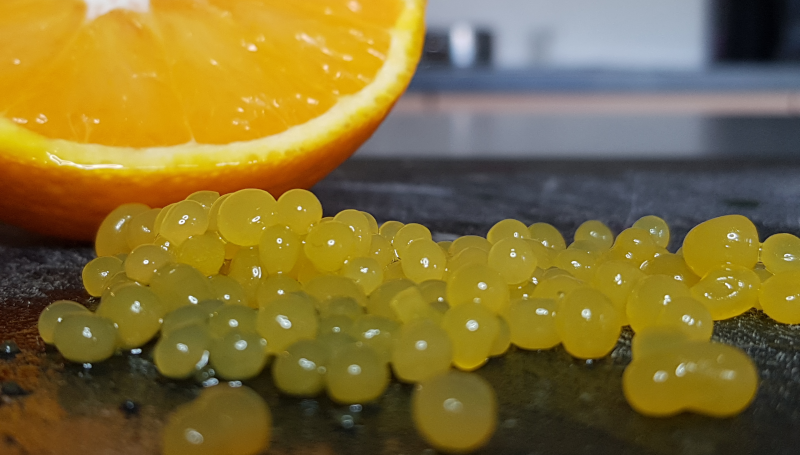
Zoe VANDERHAEGHE
You’re probably familiar with turtles, elephants, or pandas. We have known for a while that these wild species are endangered and could disappear. But do you know the kakapo? This strange bird from New Zealand, also known as owl parrot, is the heaviest parrot in the world. Kakapos were living a quiet life on their island, but there are not many of them left. Nowadays, they are threatened because of their very strong smell. But scientists wonder if deodorant could be THE miraculous solution to save this big parrot. Focus on endangered kakapos.
It all started perfectly for them

This strange bird is the only parrot in the world that can’t fly, and for a good reason. Kakapos live solely in New Zealand, where their name means “night parrot” in Māori. Originally, they didn’t have any predators on their native island. And when no one tries to eat you and you can find your own delicious food on the ground, why would you need to fly?

Kakapos were thus living blissfully in New Zealand, until cats, rats and stoats were introduced on the island and started hunting them. Because of these small mammals, the species came very close to extinction in the 90’s. There were only about 50 birds left on the island. The estimated number of kakapos alive today in New Zealand is around 200 individuals. It’s better, but still critical.


This owl parrot is a hoot!
The idiom “strange bird” could have been invented for kakapos. First of all, their flattened face earns them a funny surname: “owl parrot”. Secondly, they are the heaviest of all parrots and, as we have said, the only ones that can’t fly. They are super friendly birds, who won’t hesitate to sit on your lap, as they have done with people watching them.

Even their call is original! During mating season, to attract females, males let out very deep BOOMS. Speaking of mating by the way, kakapos only breed every two or three years, when the “rimu” tree produces enough fruits to eat. This is why it is taking a lot of time for the first chicks to repopulate the island.

Stay away stinky!
Kakapos can live up until 80 or 100 years old when everything goes well. But many elements are putting them in danger and preventing them from reaching that big age. The main thing that betrays them, is their smell! Just like all birds, kakapos have an uropygial gland. Located at the bottom of their back, this small organ produces an oil that birds then use to keep their feathers healthy.


Birds on our side of the planet are able to change the components of that oil during mating season so that the smell is less strong and less noticeable for predators. But birds native to New Zealand do not have that ability and keep a strong smell over the whole year.
Our kakapo friends have a musty smell, that some describe as the smell of a violin case. They are thus very easy to spot for predators. Besides, their main defence strategy when threatened is to completely freeze on the spot. Not very effective against animals that hunt by smell!

Uropygiean gland
It is a gland found in birds. Located at the level of the rump, it produces fats and wax.
How can we save the endangered kakapos?

A deodorant for birds
Scientists’ strategy is to hide the kakapos’ smell, by using deodorant. For example, by perfuming their nest. However, it is important to first make sure that this smell is not necessary to the communication between these birds. Because many birds use the smell of that oil to recognize each other.
Indeed, animals can’t speak like us. Therefore, they use several other strategies to understand each other. For many of them, scents help indicate when animals are ready to mate, mark territory, warn off predators or attract preys.

Did you know?
Kiwi neither cannot fly
An island just for them
In the meantime, other techniques have been used to protect kakapos: they had first been transferred to Resolution Island, where no human or predator used to live. However, stoats manage to swim to the island. There is no getting away from them… Since then, kakapos are on islands where they are very closely watched. No predator is allowed inside of these protected areas.

Will deodorant save them from extinction?
We are not so sure! Kakapos are faced with a new threat: a fungus. In 2019/2020, kakapos had to be under intensive care to fight an outbreak of aspergillosis: a fungus affecting the respiratory system. Truly, these birds can’t catch a break! So, what’s more urgent now: anti-predator deodorant or a whole stock of cough syrup?





